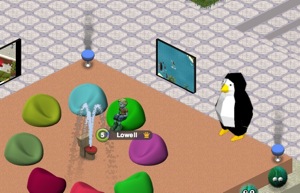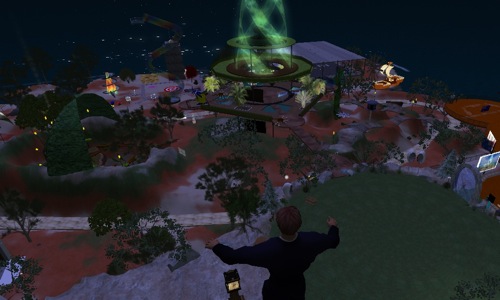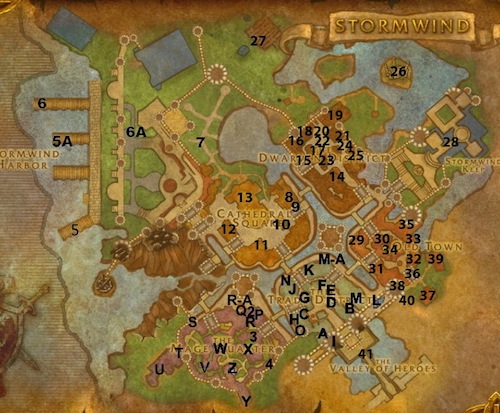Should Senator Conroy’s proposed ISP filtering come to fruition, it concentrates extraordinary powers on whoever is to actually run it. It allows the surveillance of the Internet activities of Kevin Rudd’s children, the journalists at News Limited, or the government’s perceived political opponents (or its own members), or of anyone.
At will. Without cause. Without warrant. Without oversight.
Whether or not you agree with the filtering plan’s goals, this one thing should give you pause: your web-browsing history, and the web-browsing history of every Australian is available to some as-yet-unknown party, from the moment mandatory ISP filtering is switched on.
Sure, the contractor who provides the filtering service, and who maintains the systems will doubtless have all sorts of NDAs. But if someone in Rudd’s family browses porn from The Lodge, for example, then there’s considerable potential for leverage and extortion, because the contractor could obtain that data at will, even if government officials themselves could not, by law, obtain it.
Because filtering systems are logged. Filtering providers are, in fact, very keen on logging. Whether a request is blocked or allowed, the fact of it is recorded. Filtering providers use it to assess how well the system is performing. Individual user addresses are at times monitored from the logs, and some of that data is processed by humans to identify new things that should be blocked, or to see how people are attempting to defeat the filtering.
Whoever is providing and controlling the filtering gains unprecedented political power. Want to know what the journalists at a particular newspaper are up to? Scan the logs for their network addresses and check out what they’re reading on the Web. Ditto for other politicians. Or for anyone of interest, from parliamentarians to cleaners.
The potential for abuse here is absolutely appalling.
All you have is the word of people that these secrets won’t leak or be abused. Won’t they? The preliminary filter lists have already leaked, and contain quite a number of things that are far beyond what we’ve been told would be there. Our trust has already been violated even during the trial phase.
It’s only a matter of time before someone uses this data for their personal or political advantage.
And we, as a nation, are making it all too easy for that to happen.





 However, it is psychologically damaging both in psychosocial relationships, employment responsibility and accountability and can even affect our general health to a large degree. You might therefore say that although substance abuse and gambling are faster and
However, it is psychologically damaging both in psychosocial relationships, employment responsibility and accountability and can even affect our general health to a large degree. You might therefore say that although substance abuse and gambling are faster and For anyone looking for something fun to do on Sunday night, try
For anyone looking for something fun to do on Sunday night, try
Recent Comments